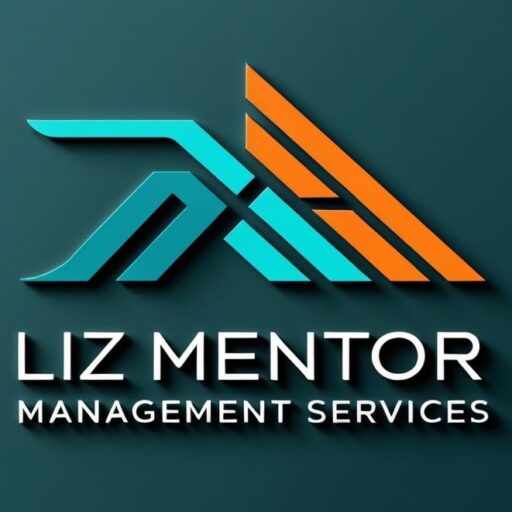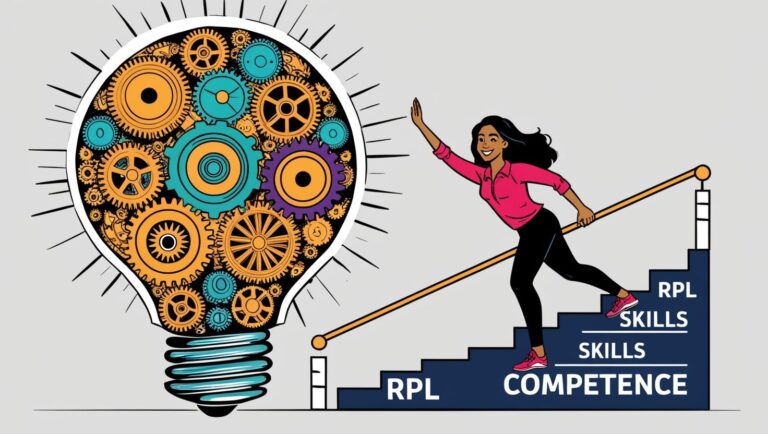Applying Learning in the Workplace: Turning Knowledge into Action
Learning without application is like planting seeds without watering them—it may look promising on paper, but it won’t yield results. For adult learners and professionals, the application stage of Bloom’s Taxonomy is where knowledge truly comes alive. It’s the moment when theory meets practice, transforming cognitive skills into tangible workplace performance.
The ability to apply learning effectively is crucial for employees, managers, and leaders. Whether it’s implementing a new software system, leading a project, or solving complex business problems, the application ensures that training translates into real-world impact.
In this article, we’ll explore the importance of application in adult learning, how it can be integrated into workplace training, and practical strategies for turning knowledge into action.
Why Application Matters
Knowledge is only powerful when it is used. Adult learners often bring years of experience, prior knowledge, and contextual understanding to the table. Application allows them to:
Bridge theory and practice: Connect what they’ve learned to real tasks.
Strengthen retention: Hands-on use reinforces memory and understanding.
Develop problem-solving skills: Applying knowledge helps employees analyze challenges and experiment with solutions.
Increase confidence: Successfully using skills builds self-assurance and encourages future learning.
Without application, even the most thorough training programs fail to impact performance or drive organizational goals. Application ensures learning is actionable, relevant, and measurable.
The Role of Application in Adult Learning
Adult learners are different from younger students. They are goal-oriented, self-directed, and motivated by relevance. For them, learning must be practical, immediately applicable, and tied to outcomes.
Application in adult learning involves moving beyond memorization or comprehension. It encourages employees to:
Execute tasks using new knowledge.
Solve real workplace problems.
Experiment with innovative approaches.
Reflect on the outcomes and improve.
In other words, application is where learning impacts behavior, performance, and results.
Strategies for Applying Learning in the Workplace
1. Integrate Real-World Scenarios
Using case studies, simulations, or project-based exercises allows learners to apply concepts in contexts that mirror their daily work. For example, a finance team learning new budgeting software might run a mock budget cycle, identifying potential pitfalls and best practices.
This approach ensures that learners see the direct relevance of what they’ve learned, improving engagement and retention.
2. Encourage Hands-On Practice
Practical exercises, role-plays, and live projects allow employees to practice skills in a safe environment before applying them in critical situations. A marketing team, for instance, could draft campaign strategies based on real customer data, testing approaches before full implementation.
Hands-on practice also enables learners to learn from mistakes in a controlled setting, fostering confidence and resilience.
3. Assign Stretch Projects
Challenging assignments encourage employees to apply knowledge creatively and strategically. These projects push learners to combine skills, analyze outcomes, and develop solutions independently. Stretch projects help employees internalize learning while preparing them for higher-level responsibilities.
4. Provide Feedback Loops
Application is strengthened by feedback. Constructive feedback highlights what was done well, identifies areas for improvement, and reinforces learning. For example, after a project, a team leader can debrief with staff, discussing what worked, what didn’t, and what could be improved next time.
Feedback ensures that application is iterative, reflective, and growth-oriented.
Practical Illustration: Application in Action
Consider a customer service team undergoing training on conflict resolution. Knowledge acquisition includes understanding communication techniques, de-escalation strategies, and company policies.
During the application stage:
Employees participate in role-play exercises simulating challenging customer interactions.
They apply their knowledge to resolve conflicts, receive immediate feedback from trainers, and reflect on performance.
Staff then implement these techniques in real interactions with clients, monitoring outcomes and making adjustments.
This process ensures that learning translates directly into improved customer service, higher satisfaction scores, and enhanced team confidence.
Overcoming Challenges in Applying Learning
Application isn’t always straightforward. Employees may struggle with transferring knowledge from training sessions to workplace tasks. Common barriers include:
Lack of confidence: Employees may hesitate to try new methods for fear of failure.
Insufficient support: Without guidance, learners may misapply concepts or abandon new practices.
Unclear objectives: If employees don’t understand how learning applies to their roles, application becomes difficult.
Time constraints: Busy work schedules can limit opportunities to practice new skills.
Organizations can overcome these challenges by providing structured opportunities, mentorship, and clear guidance on expectations and goals.
Linking Application to Workplace Performance
When effectively implemented, the application stage of learning has a direct impact on workplace performance:
Improved Efficiency: Employees execute tasks more effectively using newly acquired skills.
Better Problem-Solving: Application encourages critical thinking and creative solutions.
Enhanced Team Collaboration: Shared application exercises strengthen communication and teamwork.
Measurable Outcomes: Managers can observe the impact of learning through metrics, project results, and employee feedback.
By connecting learning to tangible outcomes, organizations maximize the return on investment in training and development.
Tips for Facilitating Application
Create a Safe Environment: Encourage experimentation and normalize mistakes as learning opportunities.
Provide Resources: Ensure employees have access to tools, guides, and support during application.
Set Clear Expectations: Define how knowledge should be applied and what success looks like.
Encourage Reflection: Ask employees to evaluate their own performance, fostering self-directed learning.
Recognize Success: Celebrate successful application to reinforce learning and motivate continued growth.
These strategies make application practical, measurable, and rewarding for adult learners.
Long-Term Benefits of Applying Learning
Application strengthens both individual and organizational capabilities. Long-term benefits include:
Continuous Learning Culture: Employees are more likely to engage in ongoing development.
Higher Employee Confidence: Practical success reinforces self-efficacy.
Organizational Agility: Staff can adapt knowledge to evolving challenges.
Enhanced Leadership Pipeline: Employees develop skills that prepare them for future roles.
Improved Business Outcomes: Applied learning drives performance, efficiency, and innovation.
When knowledge becomes action, the workplace becomes a living laboratory for growth and improvement.
Final Thoughts
The application stage of Bloom’s Taxonomy is where adult learning truly transforms the workplace. It bridges the gap between theory and practice, ensuring that employees don’t just know what to do—they can do it effectively.
For organizations, embedding application into training programs increases engagement, improves performance, and strengthens overall capability. For employees, it builds confidence, enhances problem-solving skills, and creates a clear path for professional growth.
Learning without application is wasted potential. By emphasizing real-world practice, feedback, and reflection, organizations ensure that training translates into results, preparing employees to meet challenges, innovate, and excel in their roles.



